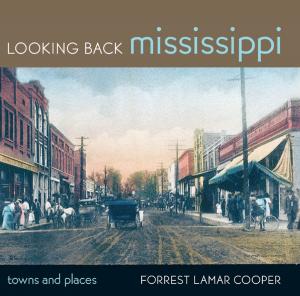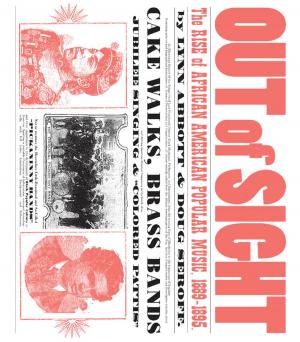A Vulgar Art
A New Approach to Stand-Up Comedy
Nonfiction, Entertainment, Theatre, Comedy, Humour & Comedy, Performing Arts| Author: | Ian Brodie | ISBN: | 9781626744059 |
| Publisher: | University Press of Mississippi | Publication: | October 29, 2014 |
| Imprint: | University Press of Mississippi | Language: | English |
| Author: | Ian Brodie |
| ISBN: | 9781626744059 |
| Publisher: | University Press of Mississippi |
| Publication: | October 29, 2014 |
| Imprint: | University Press of Mississippi |
| Language: | English |
In A Vulgar Art Ian Brodie uses a folkloristic approach to stand-up comedy, engaging the discipline's central method of studying interpersonal, artistic communication and performance. Because stand-up comedy is a rather broad category, people who study it often begin by relating it to something they recognize--"literature" or "theatre"; "editorial" or "morality"--and analyze it accordingly. A Vulgar Art begins with a more fundamental observation: someone is standing in front of a group of people, talking to them directly, and trying to make them laugh. So this book takes the moment of performance as its focus, that stand-up comedy is a collaborative act between the comedian and the audience.
Although the form of talk on the stage resembles talk among friends and intimates in social settings, stand-up comedy remains a profession. As such, it requires performance outside of the comedian's own community to gain larger and larger audiences. How do comedians recreate that atmosphere of intimacy in a roomful of strangers? This book regards everything from microphones to clothing and LPs to Twitter as strategies for bridging the spatial, temporal, and socio-cultural distances between the performer and the audience.
In A Vulgar Art Ian Brodie uses a folkloristic approach to stand-up comedy, engaging the discipline's central method of studying interpersonal, artistic communication and performance. Because stand-up comedy is a rather broad category, people who study it often begin by relating it to something they recognize--"literature" or "theatre"; "editorial" or "morality"--and analyze it accordingly. A Vulgar Art begins with a more fundamental observation: someone is standing in front of a group of people, talking to them directly, and trying to make them laugh. So this book takes the moment of performance as its focus, that stand-up comedy is a collaborative act between the comedian and the audience.
Although the form of talk on the stage resembles talk among friends and intimates in social settings, stand-up comedy remains a profession. As such, it requires performance outside of the comedian's own community to gain larger and larger audiences. How do comedians recreate that atmosphere of intimacy in a roomful of strangers? This book regards everything from microphones to clothing and LPs to Twitter as strategies for bridging the spatial, temporal, and socio-cultural distances between the performer and the audience.















